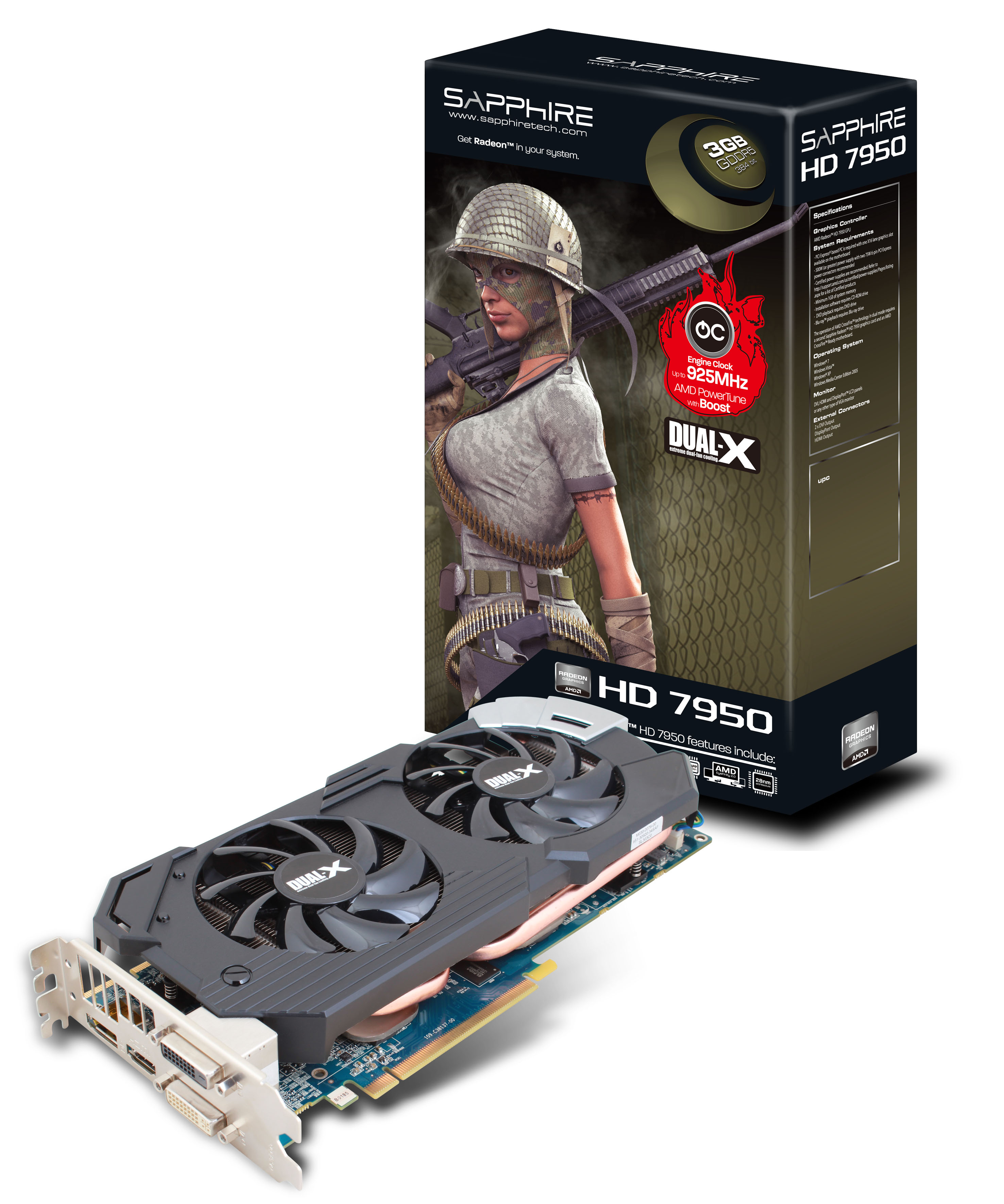Shader Model 3.0 Microsoft

NVIDIA® GeForce® Go 7400, GeForce Go 7300 and GeForce Go 7200 graphics processing units (GPUs) deliver all of the high-definition graphics and video features as well as the outstanding performance of the award-winning GeForce 7 Series GPU architecture to thin and light notebook PCs. With unparalleled graphics through Shader Model 3.0, incredible HD video through NVIDIA® PureVideo? Technology, and longer battery life through the NVIDIA® PowerMizer® advanced power management technology, you get the perfect combination of performance and portability for your thin and light notebook PC.
Shader Model 3.0 Windows 10
Imagine not being able to distinguish between a movie playing on your TV and a game running on your PC; where the line between real-time 3D graphics and prerendered cinematic effects is completely blurred. Once again, NVIDIA introduces groundbreaking new hardware technologies in the GeForce 6 Series of graphics processing units (GPUs) that push 3D real-time graphics one step closer to film quality. These newest GPUs provide the hardware brainpower developers need to create stunning, real-time 3D effects in their games and applications, and the hardware muscle to keep your system performing at top speeds.Advanced TechnologiesThe third-generation of the NVIDIA® CineFX™ engine unleashes the power of the latest NVIDIA GPUs and streamlines the creation of complex visual effects. Through the power of the Microsoft® DirectX® 9.0 Shader Model 3.0 and OpenGL® 1.5 APIs, programmers can now develop shader programs utilizing these technologies and techniques:Nalu: from the NVIDIA tech demo.
Infinite length shader programs: With CineFX 3.0 there are no hardware-imposed limitations on shader programs. The technology and speed advancements of CineFX 3.0 ensure that longer programs will run blazingly fast. Dynamic flow control: Additional looping/branching options and new subroutine call/return functions give programmers even more choices for writing efficient shader programs.
Displacement mapping: CineFX 3.0 allows vertex processing with textures, providing a new level of depth and realism to every component, surface, and character in a scene. Displacement mapping allows developers to make subtle changes in a model’s geometry with very little computational cost. Vertex frequency stream divider: Effects can be efficiently applied to multiple characters or objects in a scene, providing individuality where models are otherwise identical. Multiple Render Target (MRT) technology: MRTs allow for deferred shading, a technique where the lighting of a scene can be done after rendering all of the geometry, eliminating multiple passes through the scene.

Photorealistic lighting can be created while avoiding unnecessary processing time for pixels that do not contribute to the visible portions of an image.Advanced Visual EffectsWith the increased horsepower provided by the CineFX 3.0 engine, developers can create more unique game features and effects than ever before. New effects include subsurface scattering, providing depth and realistic translucence to skin and other surfaces; soft shadows for sophisticated lighting effects; accurately represented environmental and ground shadows; and global illumination for incredibly photorealistic lighting. All of these effects can be combined to create intricate, detailed, true-to-life scenes that completely immerse you in the game environment.NVIDIA CineFX 3.0 is poised to unleash a new level of programming creativity. With full DirectX 9.0 Shader Model 3.0 support, the newest GeForce GPUs will soon power a new generation of games with unmatched realism, digital worlds with mind-blowing complexity, and lifelike characters that move through cinematic-quality environments.
Previously, highly complex effects were not possible without sacrificing performance and precision, because of long shader programs that required many computational passes. Now, with the NVIDIA GeForce 6 Series and its CineFX 3.0 engine, groundbreaking effects can be created without compromising performance.